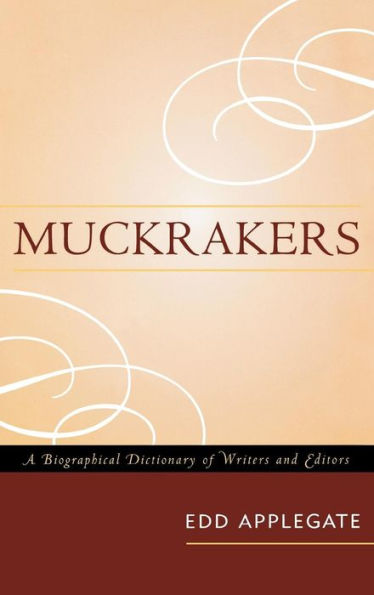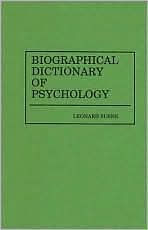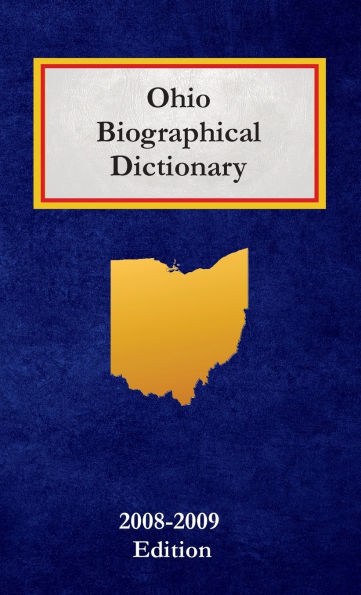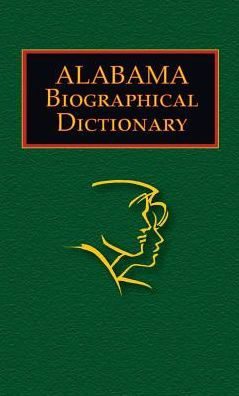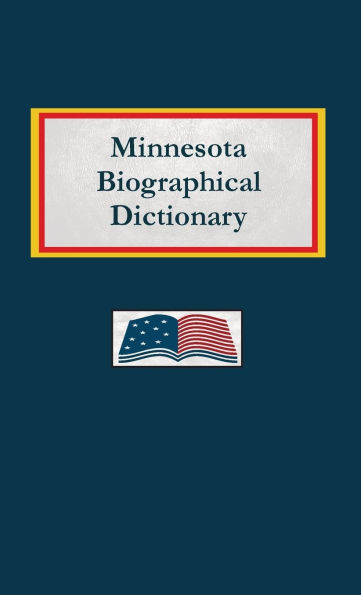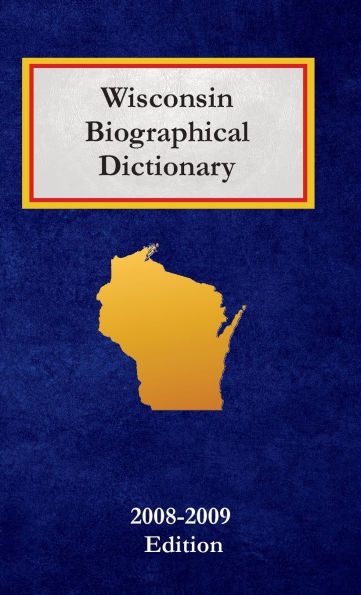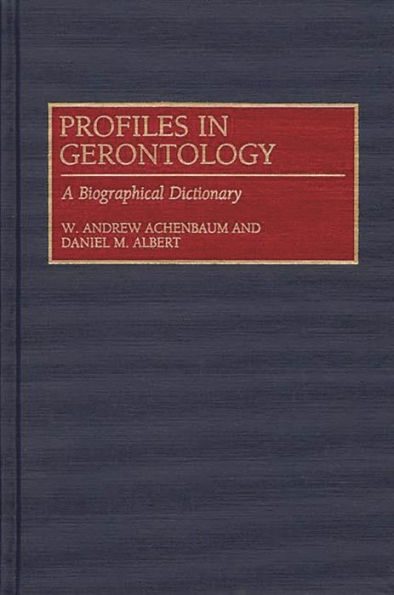Home
Literary Journalism: A Biographical Dictionary of Writers and Editors
Barnes and Noble
Loading Inventory...
Literary Journalism: A Biographical Dictionary of Writers and Editors in Franklin, TN
Current price: $83.00
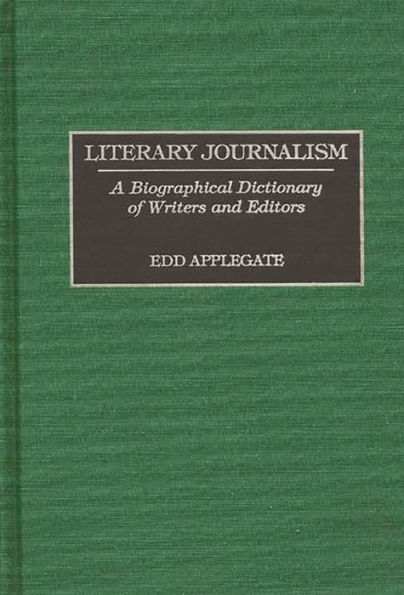
Barnes and Noble
Literary Journalism: A Biographical Dictionary of Writers and Editors in Franklin, TN
Current price: $83.00
Loading Inventory...
Size: OS
Literary journalism, a specific type of new journalism, utilizes descriptive detail, realistic dialogue, and dramatic literary techniques to enliven nonfiction reporting. Features of literary journalism have been employed for centuries, and thus it is misleading to call it new. The entries in this reference provide biographical information and critical commentary on literary journalists and editors ranging from Daniel Defoe to Charles Dickens, and Mark Twain to Truman Capote, Joseph Wambaugh, and Bill Moyers. Entries frequently include quotations that exemplify the critical response to the journalist's work, and the volume closes with a bibliography.
Though literary journalism is a particular type of new journalism, its techniques have been used by writers for centuries. Some early practitioners include Joseph Addison, Richard Steele, and Daniel Defoe. Literary journalists use dramatic literary techniques to enliven nonfiction accounts of historical events. Thus literary journalism typically combines solid reporting with extensive descriptive detail, realistic dialogue, a subjective point of view, and other characteristics of fiction writing. Contemporary authors continue to employ literary journalism in their works, which range from newspaper columns to historical novels.
This reference is a valuable guide to the development and practice of literary journalism. The volume begins with an introductory essay that places literary journalism within the larger context of new journalism and explains the origins of literary journalism as a form of writing. The bulk of the reference provides alphabetically arranged biographical entries for more than 150 writers and editors involved with literary journalism. Included are profiles of early figures such as Charles Dickens and Mark Twain, along with modern writers such as Truman Capote, George Plimpton, and Mike Royko. Entries survey and assess the careers of the writers and editors, provide bibliographical information, and often include quotations exemplifying the critical response to the person's work. The volume closes with a selected bibliography.
Though literary journalism is a particular type of new journalism, its techniques have been used by writers for centuries. Some early practitioners include Joseph Addison, Richard Steele, and Daniel Defoe. Literary journalists use dramatic literary techniques to enliven nonfiction accounts of historical events. Thus literary journalism typically combines solid reporting with extensive descriptive detail, realistic dialogue, a subjective point of view, and other characteristics of fiction writing. Contemporary authors continue to employ literary journalism in their works, which range from newspaper columns to historical novels.
This reference is a valuable guide to the development and practice of literary journalism. The volume begins with an introductory essay that places literary journalism within the larger context of new journalism and explains the origins of literary journalism as a form of writing. The bulk of the reference provides alphabetically arranged biographical entries for more than 150 writers and editors involved with literary journalism. Included are profiles of early figures such as Charles Dickens and Mark Twain, along with modern writers such as Truman Capote, George Plimpton, and Mike Royko. Entries survey and assess the careers of the writers and editors, provide bibliographical information, and often include quotations exemplifying the critical response to the person's work. The volume closes with a selected bibliography.
Literary journalism, a specific type of new journalism, utilizes descriptive detail, realistic dialogue, and dramatic literary techniques to enliven nonfiction reporting. Features of literary journalism have been employed for centuries, and thus it is misleading to call it new. The entries in this reference provide biographical information and critical commentary on literary journalists and editors ranging from Daniel Defoe to Charles Dickens, and Mark Twain to Truman Capote, Joseph Wambaugh, and Bill Moyers. Entries frequently include quotations that exemplify the critical response to the journalist's work, and the volume closes with a bibliography.
Though literary journalism is a particular type of new journalism, its techniques have been used by writers for centuries. Some early practitioners include Joseph Addison, Richard Steele, and Daniel Defoe. Literary journalists use dramatic literary techniques to enliven nonfiction accounts of historical events. Thus literary journalism typically combines solid reporting with extensive descriptive detail, realistic dialogue, a subjective point of view, and other characteristics of fiction writing. Contemporary authors continue to employ literary journalism in their works, which range from newspaper columns to historical novels.
This reference is a valuable guide to the development and practice of literary journalism. The volume begins with an introductory essay that places literary journalism within the larger context of new journalism and explains the origins of literary journalism as a form of writing. The bulk of the reference provides alphabetically arranged biographical entries for more than 150 writers and editors involved with literary journalism. Included are profiles of early figures such as Charles Dickens and Mark Twain, along with modern writers such as Truman Capote, George Plimpton, and Mike Royko. Entries survey and assess the careers of the writers and editors, provide bibliographical information, and often include quotations exemplifying the critical response to the person's work. The volume closes with a selected bibliography.
Though literary journalism is a particular type of new journalism, its techniques have been used by writers for centuries. Some early practitioners include Joseph Addison, Richard Steele, and Daniel Defoe. Literary journalists use dramatic literary techniques to enliven nonfiction accounts of historical events. Thus literary journalism typically combines solid reporting with extensive descriptive detail, realistic dialogue, a subjective point of view, and other characteristics of fiction writing. Contemporary authors continue to employ literary journalism in their works, which range from newspaper columns to historical novels.
This reference is a valuable guide to the development and practice of literary journalism. The volume begins with an introductory essay that places literary journalism within the larger context of new journalism and explains the origins of literary journalism as a form of writing. The bulk of the reference provides alphabetically arranged biographical entries for more than 150 writers and editors involved with literary journalism. Included are profiles of early figures such as Charles Dickens and Mark Twain, along with modern writers such as Truman Capote, George Plimpton, and Mike Royko. Entries survey and assess the careers of the writers and editors, provide bibliographical information, and often include quotations exemplifying the critical response to the person's work. The volume closes with a selected bibliography.
